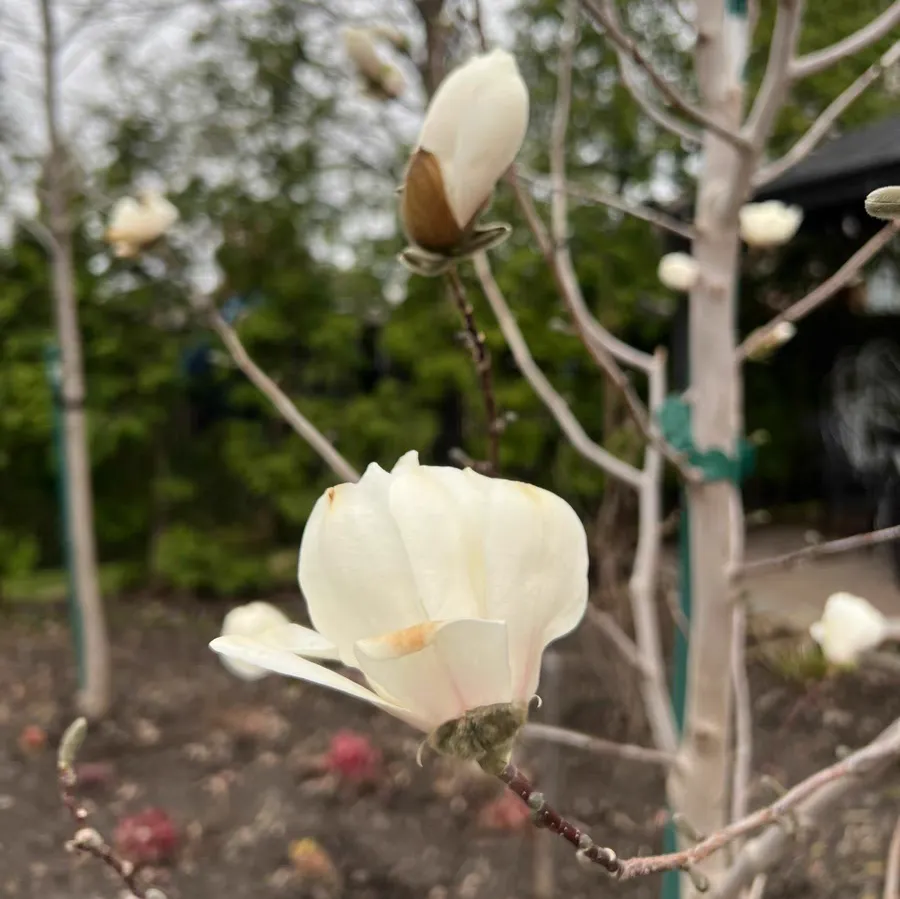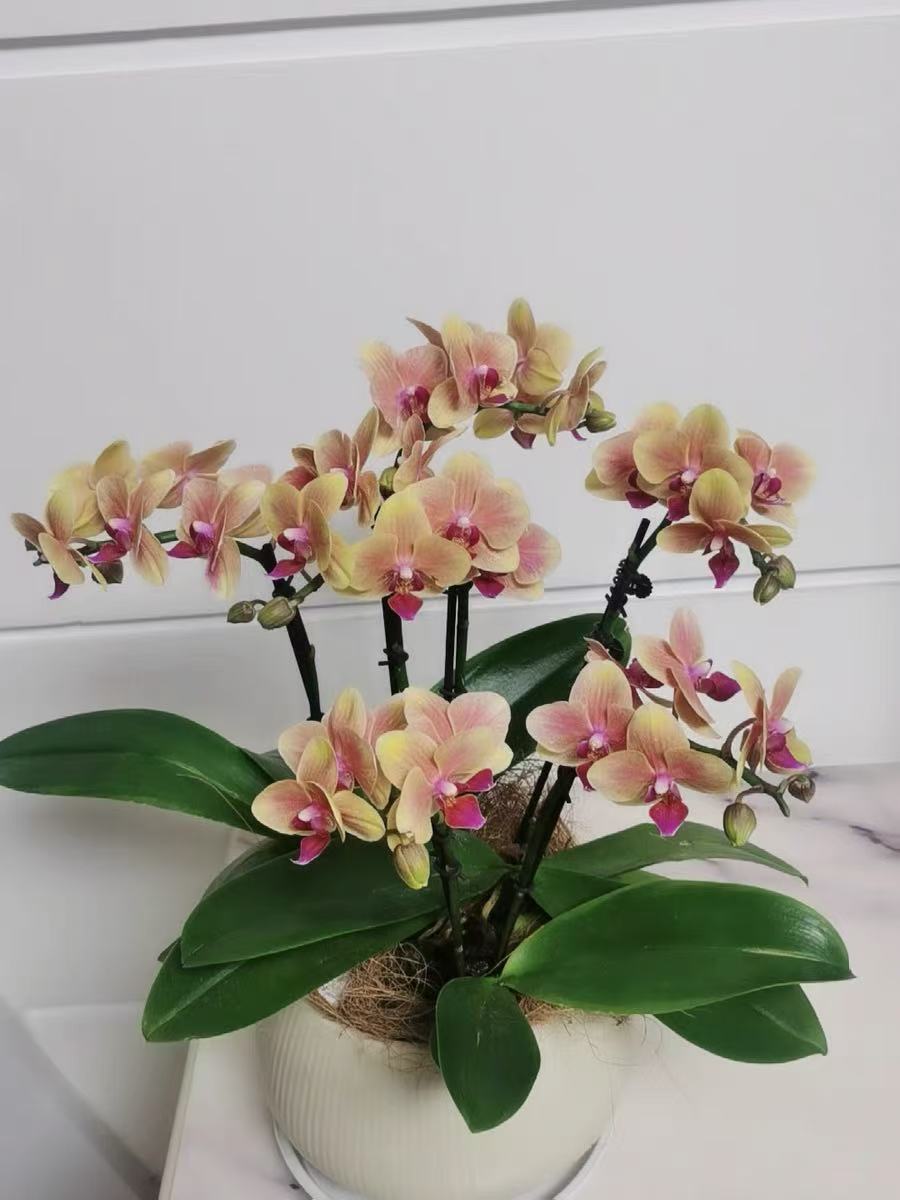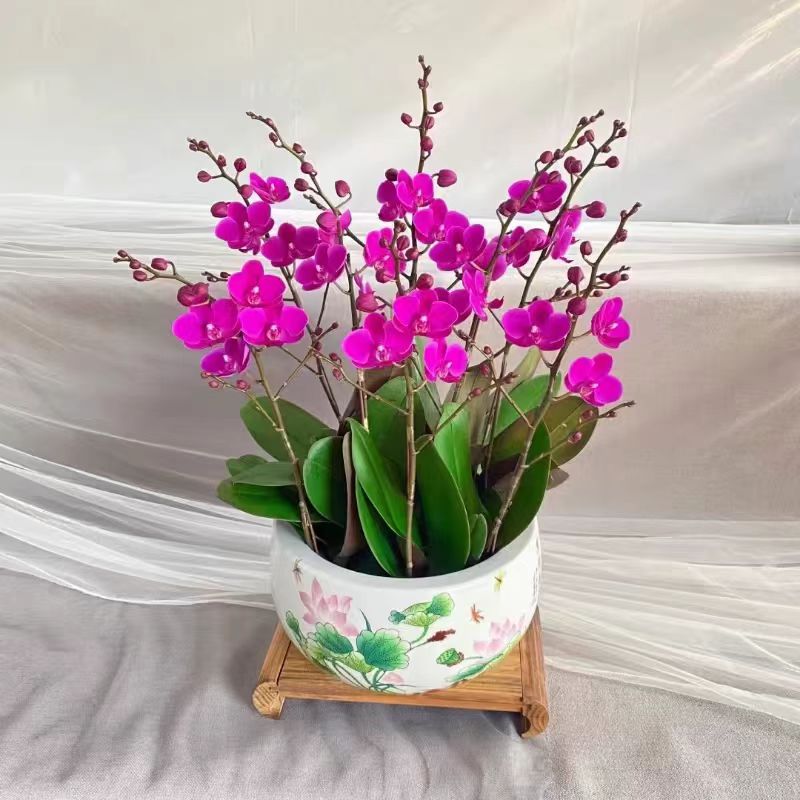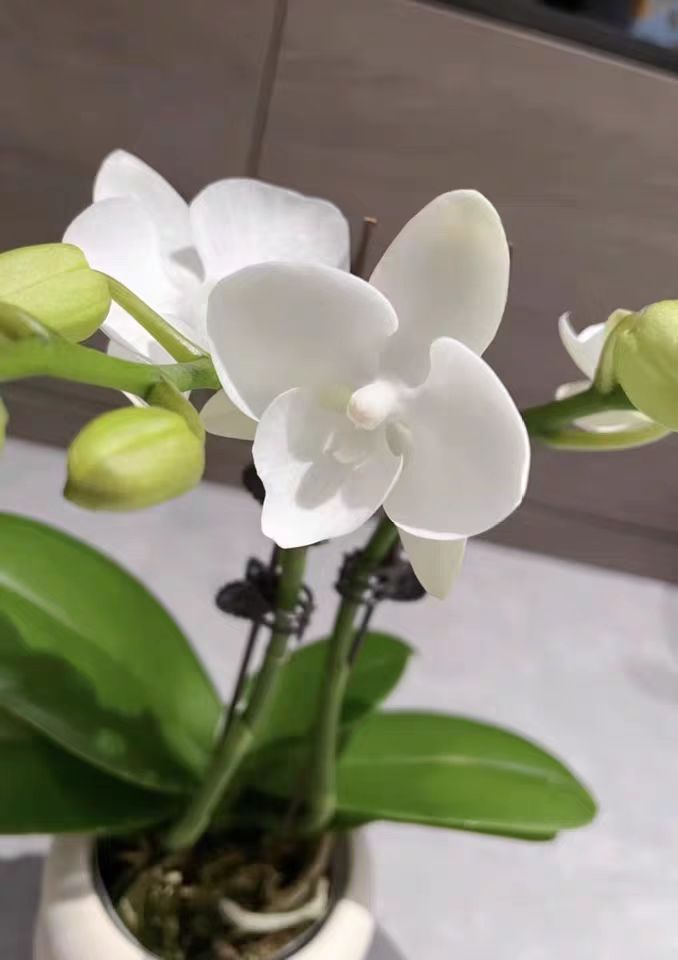Yulan magnolia is a common and extremely charming deciduous tree. It has a tall and straight shape, with numerous branches and lush leaves. The leaves are obovate with a smooth surface. The flowers are large and as white as jade. The petals are oblong, thick and fleshy, with a strong fragrance.
Yulan magnolia can be planted at home. It has high ornamental value and can add beauty and vitality to the courtyard. However, it is worth noting that it grows relatively fast and is large in size, so it is necessary to ensure there is plenty of space for it to grow freely. Meanwhile, its well-developed root system should be taken into consideration, which requires a certain area for rooting.
The planting of yulan magnolia is generally carried out in spring and autumn. The first step is to select a suitable planting site. The soil should be fertile and have good drainage performance. Dig a hole about twice the diameter of the tree pit, carefully put the sapling into the hole, straighten it, and then fill the hole with soil. During the process of filling the soil, gently pull up the sapling while filling to ensure that its roots can stretch out. After planting, water thoroughly to ensure the soil is moist.
Maintenance points:
- Irrigation: Yulan magnolia prefers a humid growing environment but is intolerant of waterlogging. During its growth period, the soil should be kept moist, and it usually needs to be irrigated once or twice a week. In the hot summer, the frequency of irrigation can be appropriately increased due to the rapid evaporation of water. In winter, irrigation should be reduced to prevent waterlogging.
- Fertilization: The growth of yulan magnolia depends on sufficient nutrient supply. In spring and autumn, an appropriate amount of organic fertilizer or compound fertilizer can be applied. During the fertilization process, the principle of applying thin fertilizers frequently should be noted to avoid damaging the plants due to excessive fertilizer concentration.
- Pruning: Regular pruning helps maintain the beautiful shape of yulan magnolia. After the flowers fade in spring, the withered flowers and branches should be pruned in a timely manner. In summer, the overcrowded branches should be thinned to enhance the ventilation and light transmission effect.
- Pest and disease control: Yulan magnolia is prone to be invaded by pests and diseases. Common pests and diseases include aphids, longhorn beetles, etc. The growth condition of the plants should be checked regularly. Once pests and diseases are found, corresponding control measures should be taken in a timely manner.
Can magnolia trees be planted at home?

Share with
Tagged in :




Leave a Reply